|
Who doesn't want to lower their electric bill? Especially if you live in a location where the electric costs a small fortune like here on Long Island. But fret not! In the past four years, with a lot of work and implementing everything you will read here, we were able to lower our yearly KWH usage from 13,634 KWh's in 2013 to 9,670 KWh's in 2013. That is a savings of 3,964 KWh's per year! Wow! The goal was to get below 10,000 KWh's and we exceeded that. What did we do and how can you do it too?
First, we used an energy meter to determine how much energy different appliances were using. For example, we used it on our refrigerator and after seeing how much electric it used and comparing that to the new energy star ones, well replacing it was a no brainer. This saved us the most KWh's. Read about our new Energy Star Refrigerator here. Second, we decreased how many hours our pool filter runs in the summer. This was a huge savings as well. Read about our Pool Energy Savings here. The third huge change was switching to all LED bulbs. This was a bit of an expense to start with, but worth every penny! And since we bought in bulk, it wasn't as costly as it could have been. Read why you should switch to LED bulbs here. Read more below about how we decreased our KWh's and lowered our electric bill.
Decreasing Electric Use - Investment required!
The following cost us money, but our electrical use decreased a lot so they were worth it!
Decreasing Electric Use - Little to No Money required:
These are mostly common sense, but reminders are needed every day in our house :-)
We are always working to save money on our electric bill and continue to replace high energy use appliances with energy star ones. The washer and dryer will be soon! Cant wait to see how much we will save :-)
Thank you for visiting!
Check out other ways to Save Money on your Bills & Debt! Follow us on social media :-) Sincerely,
0 Comments
These are all common sense, but since the temperatures were recently hovering around 0°F, yes ZERO , I thought it might be a good time for a little refresher with respect to keeping our home warm without breaking the piggy bank! What can be done that costs nothing but time?
What can be done that requires some investment? Note: some of these contain affiliate links. This means that if you click on a link and make a purchase I get a small percent of that sale. For this reason I carefully choose every link to make sure that I really stand behind, and almost always, actually have used and or continue to use the product myself. Please feel free to contact me if you have any questions.
I hope some of these suggestions were helpful and that you have a warm and wonderful winter :-) You can read more on our website at Minimizing Heating & Cooling Bills Thanks for visiting. Sincerely,
With the current summer heat waves going on just about everywhere in the Northern Hemisphere keeping your home cool is a priority. Being able to keep your home cool and not wasting money is even better!
Here are several things you can do that will save you money while keeping your house cooler in the heat. You probably know many, if not all, of them, but sometimes a reminder helps!
Keep the Lights Off
Yes, lights generate heat and this in turn warms up the inside of your home. If you need to have a light on, then try to use LED bulbs since they release the least amount of heat energy of all three bulb types. If you are still using incandescent bulbs then definitely don't turn it on and check out "5 Reasons to Switch to LED Bulbs Now."
Do Laundry After Sunset
Do laundry either at night or very early in the morning before it starts to really heat up outside. Believe it or not the machines actually do generate heat when they are in use, especially the dryer so it would be even better not to use your dryer at all and hang-dry your laundry instead!
Take Hot Showers After Sunset
This may not have a huge effect but if you take really long showers or have the hot water heater temperature up really high, then it might. In my house we heat our hot water using our oil burner, so yes, heat is created to make my hot water. Depending upon how your hot water is heated heat is probably released into your home. Heat is also released into your home as the water travels through the pipes to your shower. If you need to shower during the day then try lowering the temperature on your hot water heater or taking a cool shower instead.
Do Dishes After Sunset
Wash dishes, either by hand or using the dishwasher, at night. Both of them will release heat energy whether it's from hot water generation and usage (both of them) or from the running motor of the dishwasher.
Use Windows to Your Advantage
It is usually cooler at night so open the windows and let all that cool air in and then shut them early in the morning to keep all that 'cool' in and the hot out!
Keep the Sun Out
You can block the suns heat from getting into your house in a variety of ways. The least expensive way is to just put up shades or drapes on your windows and keep them closed during the day. Yes, I know this makes it a little darker inside, but it will keep it much cooler as well! Other Energy Efficient Window Treatment options that cost money (but are worth consideration for the future): interior or exterior blinds, awnings, high reflectivity films, insulated panels, energy efficient window screens, overhangs, shutters, storm panels.
Fireplace Flue: Open or Closed?
The chimney effect can either help you or hurt you. If you are not using air conditioning you can open it at night and cool your house similar to the whole house attic fan. Read more at "Home Cooling With Your Fireplace." Pretty creative idea, however, if you are using an air conditioner you definitely want to always keep the flue closed. The chimney will become a vacuum as the hot air rises and it will pull your costly cooled air right up and out too! You might consider sealing the damper - read more at "Chimney Dampers: Stop the Fireplace Draft."
Seal Drafty Windows and Doors
Be sure all windows and doors are sealed and that there is no hot air coming in. Remember, heat flows from high to low so in the summer hot air will come in the house any way it can and it will raise the indoor temperature. This in turn will make your AC work harder to maintain temperature (if you have one) and of course that's a waste of money.
Air Conditioners
Please remember to like and follow us on Facebook!
LED bulbs are the latest and greatest, but are they really worth it? The answer is a resounding YES! They are more than worth it for a variety of reasons, five to be exact!
A little background information: We have a total of 47 regular bulbs in and around our house (this includes the front and back porch lights). This does not include the three high hat bulbs in the kitchen (they are special dimmable bulbs). In the dining room and the basement my husband replaced the dimmer switches with regular switches so we could use regular bulbs. This saved us money because purchasing dimmable bulbs is generally more expensive and we really didn't need the dimmers in those locations anyway. We use 40-Watt (equivalent) bulbs (warm in color) in all locations in and around the house (There never seemed to be any reason to use more than that and it was cost efficient to use less Watts.). What this means in terms of kWh's: A 40-Watt incandescent bulb uses 40 Watts for every hour it is turned on. According to the EPA lights are turned on for an average of 3 hours per day (When shopping for bulbs you should notice that most of them are rated for a daily use of 2 or 3 hours). 40 Watts x 3 hours/day x 47 bulbs = 5,640 Watts used on average every day! Convert that to kWh (that is what is on your bill) by dividing by 1,000 and that works out to approximately 5.64 kWh per day or about 2,059 kWh per year! Obviously this is only an average because nobody leaves all of their lights on for 3 hours a day. Some are actually on for more (such as in the kitchen or living room) and some are only used as needed (such as in the bathroom). However, when all the lights in a home are taken into account, it is actually a fair estimate because don't forget that depending upon where you live the lights are used a lot more in the winter than in the summer!
At this point it should be obvious that if you are still using incandescent bulbs you should change them NOW because you are literally throwing money away.
Even if you are currently using CFL's it's still 33% more cost effective to convert to LED's! It is also HEALTHIER for you and your family to use LED's instead of CFL's.
Convinced yet? OK, heres more: Change just a few bulbs for now. Even if you just switch out the bulbs in the most commonly used room(s) in the house (for us it's the living room and kitchen), you can save money! Example: We have 6 bulbs between the living room and the kitchen and they definitely stay on for at least 5 hours every day.
At this point, if you are not 100% convinced that switching to LED's will save you money and be healthier for you and your family, then I have one last reason: THE ENVIRONMENT!
OK, enough said. I think you get the picture. SUMMARY OF FIVE REASONS TO SWITCH TO LED'S NOW:
LED's are a WIN WIN:-)
SOME POINTERS WHEN PURCHASING:
Read more about choosing and purchasing the right lighting and light bulbs at ENERGY STAR. Sources: http://www.energy.gov/energysaver/articles/how-energy-efficient-light-bulbs-compare-traditional-incandescents Yes, I know, I’ve heard it before. How can we be creating a simpler life and have a backyard pool? And it's a heated pool too! Well of course for us it’s simple! This is our BIG family vacation. You know that big vacation some families take? The one that costs upwards of a few thousand dollars for a family of four? Well, this is our BIG vacation and so far it has lasted us 10 years! Having backyard animals and a garden it is hard to get away for anything more than a few days at a time so we invested our 'vacation' money into a backyard heated pool that we have never regretted, especially when we jump right in after weeding the garden on a hot day! And despite the initial investment, the pool does NOT have to break the piggy bank every summer, especially when it comes to the amount of energy it uses. After extensive research I have learned that by making a few simple changes we should be able to save approximately 600 kWh this summer alone! So what did we change that will save both energy and money? HOW LONG DOES THE PUMP OPERATE EACH DAY? In my research to find ways to decrease the cost of running our pool I learned that most people are running their pool filter far too long every day. The goal is to pump all of the water in your pool through your filter once every 24 hours. In order to figure out how long that would take I needed to answer a few questions first:
OUR POOL AS AN EXAMPLE: Our pool holds 23,000 gallons (Pool Volume Calculator). Our 1.5 HP pump and our filter both have a flow rate of 120 gpm (We had to use the Jandy Model PHPU1.5 manual to figure out the flow rate for the pump.). Note that if your pump and filter do not have the same flow rate, then use the lower of the two, however they should be perfectly matched if the system was properly designed. Math: 23,000 gallons/120 gpm = 192 minutes, or 3 hrs 12 minutes minimum run time per day Our pump was set to run from 8 AM to 4 PM every day. Yes, it was set at 8 hours a day as advised by our pool installer! So now we are running it 4 hours instead of 8 hours per day. Why 4 hours and not 3.2 as calculated? Because the California Energy Commission recommends the following:
HOW MUCH ENERGY CAN BE SAVED? Saving money by using less electricity was the goal so of course I have to know exactly how much will be saved! How many horsepower (HP) is the pump?
WHAT ABOUT THE HEATER? We have a heat pump which is actually a very energy efficient way to heat the pool. However it works most efficiently when the air is warmer. For this reason we set our pump to run between the hours of 11 AM and 3 PM (generally the warmest time of the day). Of course there are times that we will override the system and keep it running longer if we want to get the temperature of the pool water higher or if we have a lot of people swimming. Note that if the pool is at the desired temperature the heater automatically shuts off which is part of what makes it so efficient. WHAT ABOUT THE ELECTRIC BILL? Since the heat pump is connected to the same timer as the filter system, the amount of time the heater runs was also decreased by four hours saving an additional 1.5 kWh per day. That brought our savings to an average of 6 kWh/day. Multiply that by how many days the pool is open (about 100 days) and we are saving about 600 kWh’s over the course of the entire summer season. At a total annual electricity usage of approximately 12,750 kWh last year, that is a savings of 4.7%! Definitely worth it J A FEW MORE TIPS ON SAVING $:
Watch how we open our own pool every year! It saves money and is really not that difficult :-)
Is your refrigerator using too much electricity? Recently, my PSEG electric bill came with an advertisement that said "COOL SAVINGS ARE HIDING IN YOUR REFRIGERATOR." Basically, if our refrigerator is working, purchased before 2006, and between 10 and 30 cubic feet, we can get a $50 reward for having them pick it up for FREE.
When this offer came with our bill we had already been looking to replace our old refrigerator. I should say our really old refrigerator since it actually came with the house when we purchased it in January 2001 and even though it is only 14.8 cubic feet, it was using 1020 kWh’s per year to run! We found out how much energy it was using from a handy little machine called P3 International Kill A Watt that plugs into an appliance and allows you to see the amount of kWh's over time (also called an energy use monitor).
Thankfully, an energy sucking refrigerator is an easy problem to solve – replace it! After some research and shopping around we found the best deal to be a similar 14.56 cubic foot Frigidaire on sale for $439.97 at PC Richard that only uses an average of 336 kWh’s per year. There was also a $30 rebate offer! They did want to charge us $50 for delivery, however the refrigerator was only 220 pounds shipping weight so we did it ourselves. The final price after deducting the two rebates: $359.97! (Not including taxes of course…)
The new refrigerator should save us about 686 kWh’s per year. At PSEGLI Rate 180 Residential/General Use that is approximately .18 cents per kWh (of course not including fees and taxes). So at 686 kWh’s less per year we are saving approximately $123 (More as they raise the rates each year, but we don’t want to think about that.). The savings may be less if you live where electricity is not so expensive, but here on Long Island, the refrigerator will pay for itself in less than three years – maybe sooner if it keeps our food fresh longer! And, of course the best part is that using less energy benefits the Earth :-)
Now I just have to wait for the two rebate checks to arrive…
A FEW TIPS FROM CA.GOV IF YOU'RE THINKING ABOUT BUYING A NEW REFRIGERATOR:
Note that these tips have been shortened for convenience and that the website provides a lot more specifics.
Before you buy check out the ENERGY STAR REFRIGERATOR SAVINGS CALCULATOR to see what your savings may be if you upgrade!
Find additional information about Energy Star Labels, calculating kWh's of appliances, energy monitors and more at ENERGY.GOV. |
Hi there! I'm Kathie, the author behind Creating A Simpler Life blog. I'm excited to share our longterm projects (and planning) toward building our future retirement homestead in the Adirondack Mountains of New York. In the meantime I will be sharing all the other little things we do that are part of creating our simpler life!
Categories
All
Archives
July 2020
|

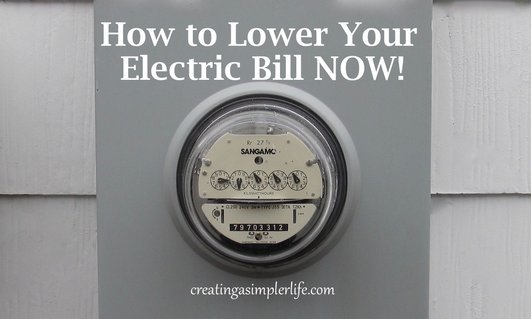

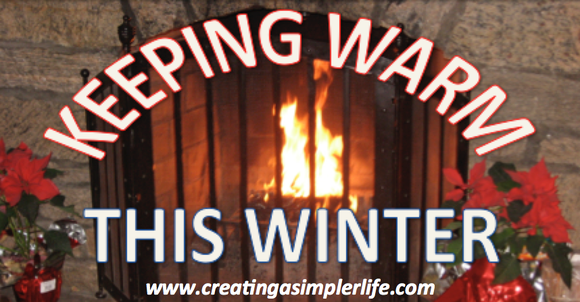

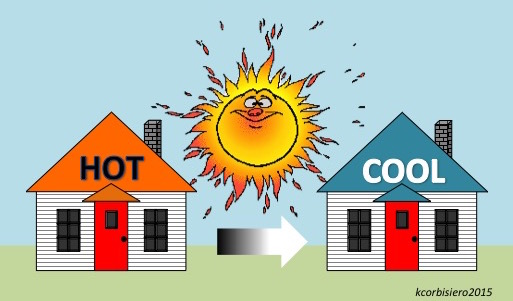
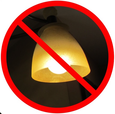


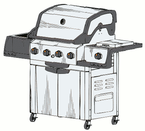
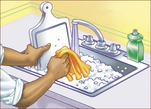


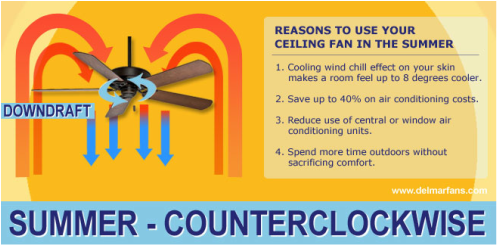
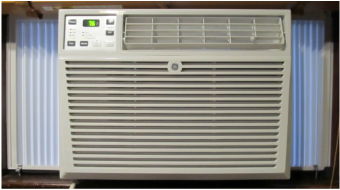
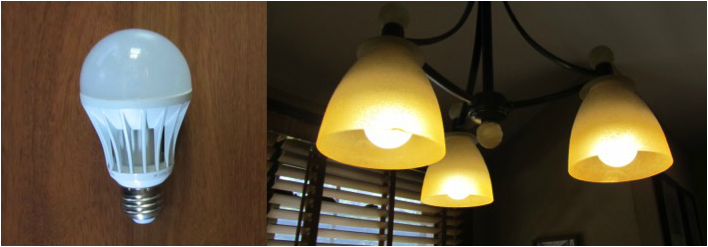
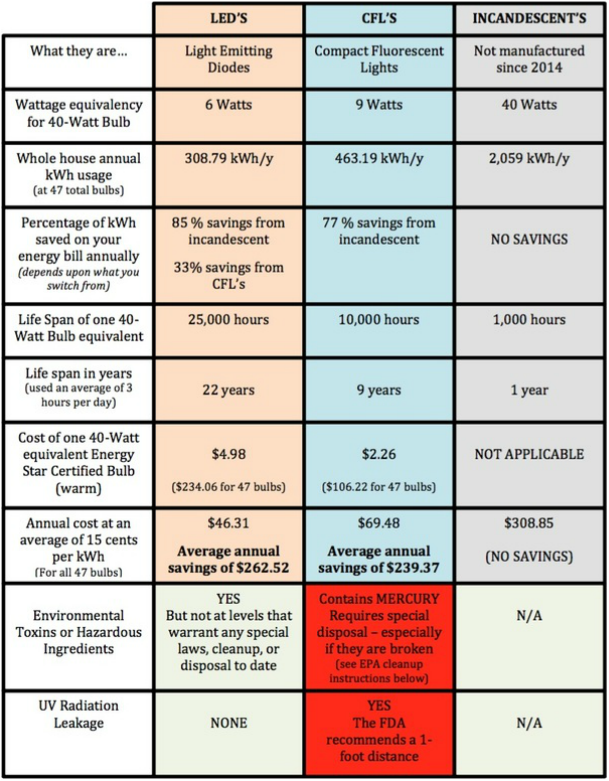
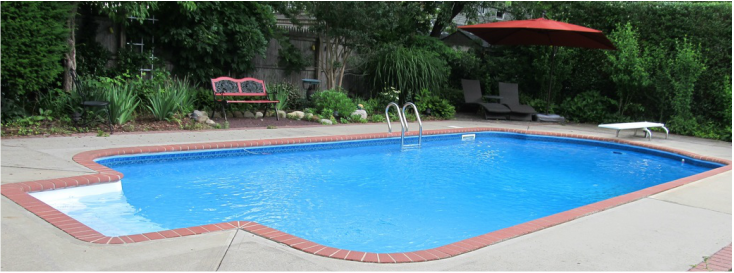

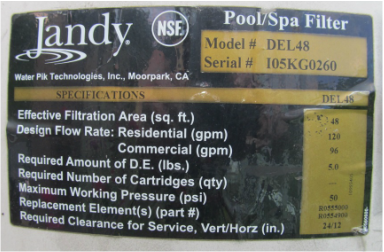

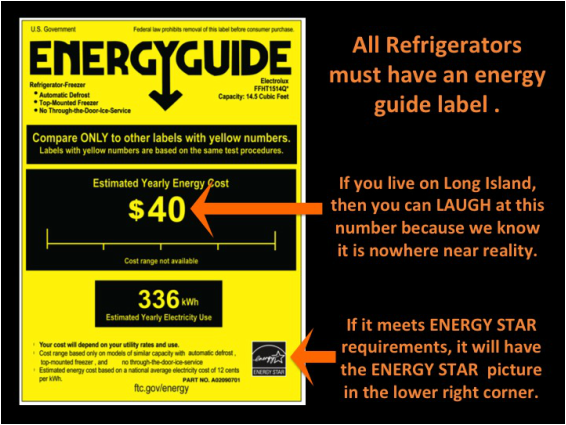

 RSS Feed
RSS Feed